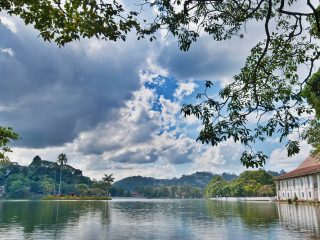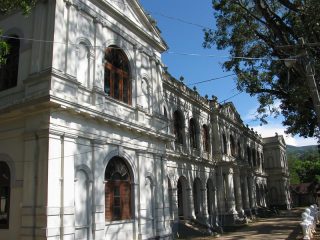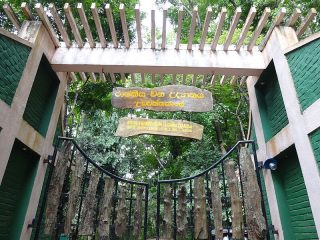Popular the world over, Ceylon Tea originated in plantations on the island of Sri Lanka and here’s a glimpse into how it all started.
The Arrival of James Taylor
The story begins in the hill country of Ceylon (before it became Sri Lanka) in the 1800s during British colonial rule; while coffee plantations were being tried at the time, James Taylor began a tea plantation at the Loolecondera Estate in 1867; subsequently, a tea factory was set up and following a successful harvest, Ceylon Tea arrived in London in 1873.
The Growth of Estates
Ceylon Tea proved to be a success and planters began to grow tea instead of coffee. Amongst the prominent developments during this time was the Stafford Tea Estate in 1880. Today, one can stay at the Stafford Bungalow built in 1884 and experience life on a working tea plantation! In Nuwara Eliya, bungalow options let you even learn the art of plucking tea leaves and purchase the finest Ceylon Tea.
After Independence
Following Sri Lanka’s independence from the British in 1948, tea plantations continued their production of Ceylon Tea. In 1963, instant teas began to be produced and exported and in 1965, the country became the world’s largest tea exporter! Shortly afterwards, in 1966, the first International Tea Convention was held as part of celebrating a century of Ceylon Tea.
Modern Times
Ceylon Tea continued to be a key export earner and in 1982, green tea began to be produced and exported too. In 2017, the country celebrated the 150th anniversary of when James Taylor set up the first commercial tea plantation here; little did he know that tea in Sri Lanka would end up generating over a billion U.S. dollars in annual export earnings!











